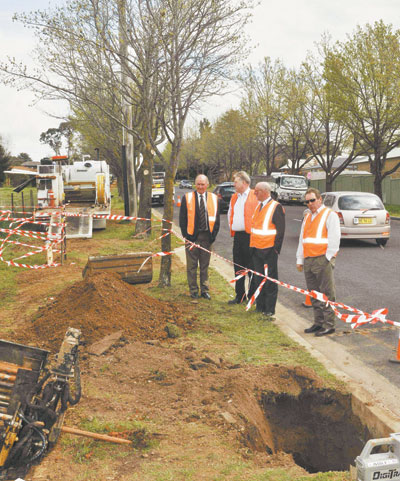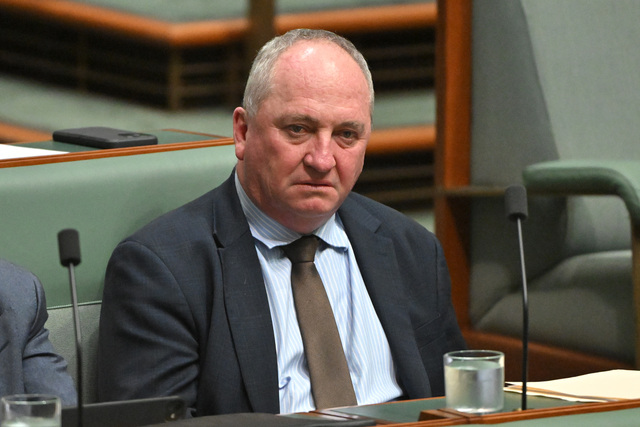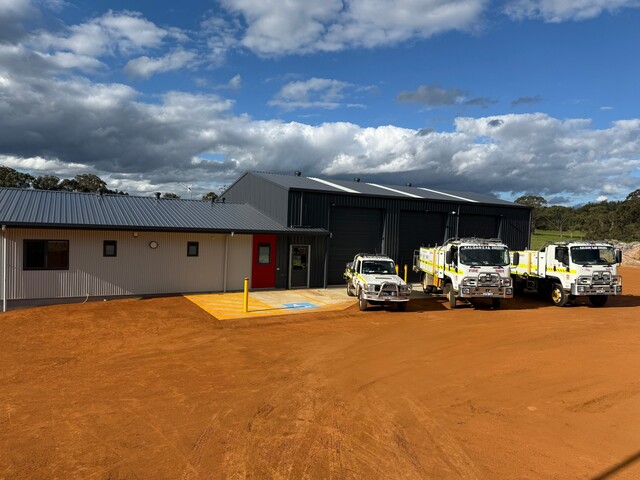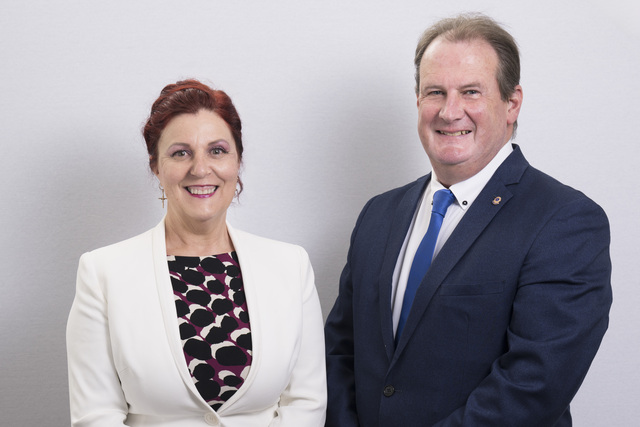The rollout of the National Broadband Network (NBN) aims to deliver fibre optic cabling to 93 per cent of Australian homes by 2020. Delivering broadband speeds of 100 megabits per second, this would be more than 100 times faster than people on dial up currently experience, and 20 times faster than average broadband speeds. It promises to be a boon for regional Australia, as well as many urban areas.
The latest ABS figures show the shift to broadband is slow, with only around seven per cent of home and business connections – around 700,000 services – being made over dial up. However, even with today’s broadband technologies – largely provided by ADSL over copper, the further people live from a telephone exchange, the slower the performance of their broadband connection. This is because the electronic signal deteriorates over distance until you get to a point where some people are too far from their exchange to receive ADSL at all.
Faster data transmission speeds with fibre optic cable and improved videoconferencing will assist local businesses and increase the ability for people to work from home rather than travelling long hours to regional centres or cities. Increased online education opportunities and improved health services in regional and remote areas are just a few of the enhanced lifestyle opportunities available.
The Federal Government says that all Australians will have access to the NBN, with the seven per cent of people who will not be covered by the fibre rollout to be serviced by a combination of wireless and satellite providing peak speeds of at least 12 Megabits per second.
According to a recent ABC 4 Corners program, the proposed NBN may be world’s best, but with an estimated construction cost of approximately $35 billion, it is not cheap and will create a huge public monopoly. Reporter Steven Long said that Australia will be the only place in the world where its fibre optic rollout is government owned, paid for and created.
He said that the Tony Abbott-led Opposition has threatened to halt the NBN rollout if it wins power. Under the Opposition’s alternative model, some households would continue to receive broadband over the existing copper wire network, and some would use the cable laid for pay TV, but which is also capable of delivering broadband at good speeds.
Super fast broadband over fibre optic cable would be reserved for businesses and a very limited number of households that want to pay for it.
“The Government argues that this would condemn many Australians to slow and inadequate broadband,” Steven Long said.
Added to the political argy bargy, there is ongoing speculation the NBN could be outdated before it is built.
There are concerns surrounding its relevance in an increasingly mobile society. With better technology and a rise in mobile devices, a recent report on the NBN by corporate consultants Greenhill Caliburn warned that a trend toward mobile networks could draw away customers who are prepared to sacrifice speed for greater flexibility.
Network equipment provider Cisco predicts that mobile data traffic will double each year in the next five years – a 32 fold increase – as wireless broadband grows. That is about
150 million gigabytes a month – the equivalent of 16 text messages per person every second. In addition, Telstra has announced plans to upgrade its wireless system to 4G technology, which will deliver faster data speeds to mobile phones and wireless broadband.
However wireless covers only small areas – largely inner metropolitan – and the very rapid uptake of smartphones, ipads and the like is already slowing speeds. Wireless spectrum is a finite resource, and the spectrum in a given area is shared by all those online at one time.The more users at one time, and the further they are from the to mobile tower, the slower the speeds.
With current bandwidth just not good enough, and a prediction that 95 per cent of applications using this technology are yet to be invented, the Australian Government is pushing ahead with the rollout, and many councils, urban and rural, are actively lobbying to be pushed up in the queue to receive it.
NBN Co Limited is developing its rollout plans based on a number of engineering and design
criteria, but it is also keen to have the support of Local Government to facilitate its rollout on the ground and to assist with community engagement.
Speaking at a recent Local Government NBN Summit, Australian Local Government Association (ALGA) President, Genia McCaffery told delegates that the Federal Government and NBN Co have consulted with ALGA on the implementation of the rollout.
“This ongoing consultation and partnership is important to ensure an effective rollout, and will enable consideration of the different circumstances of communities across the country,” Councillor McCaffery said. “It will also assist in responding to and resolving individual issues at an early stage.
“ALGA has prepared a set of guiding principles for the rollout of the National Broadband Network which stress the importance of consulting with local communities, and has acknowledged that the Government and NBN Co have been working in the spirit of the principles already.”
With the Government keen for people to pay the same for this service wherever they live, to achieve this, the business case requires at least 73 per cent of households and businesses to take it up.
Port Macquarie Hastings Council on the North Coast of New South Wales, in its submission to the Senate Enquiry, has called on the Government to fund free NBN public access points to get rural residents excited by the prospect of superfast broadband. Council warned that an uninformed, untrained and, in some cases, an unmotivated market will generally have a low demand for NBN, irrespective of the quality of the technology. Bewilderment concerning information technology leads to apathy and inaction.
“Council believes that initiatives that showed residents how productive they could be with an NBN connection represented an outstanding and appropriate public investment,” said Council’s Acting General Manager, Jeff Sharp. “Council is seeking Federal funding of public NBN enabled sites that will help residents, and potentially businesses, recognise new opportunities by breaking down knowledge, awareness and access barriers to the technology. It is not considered that this proposed free service needs to continue indefinitely.”
Council also recommended a mentor system and more education for businesses in regional and rural Australia on the benefits that could be derived from fast broadband.
For its part, NBN Co is planning a targeted public education campaign to coincide with its rollout, including a travelling exhibition van. It has also prepared a detailed information pack for Local Government available in the publications area of its website www.nbnco.com.au








